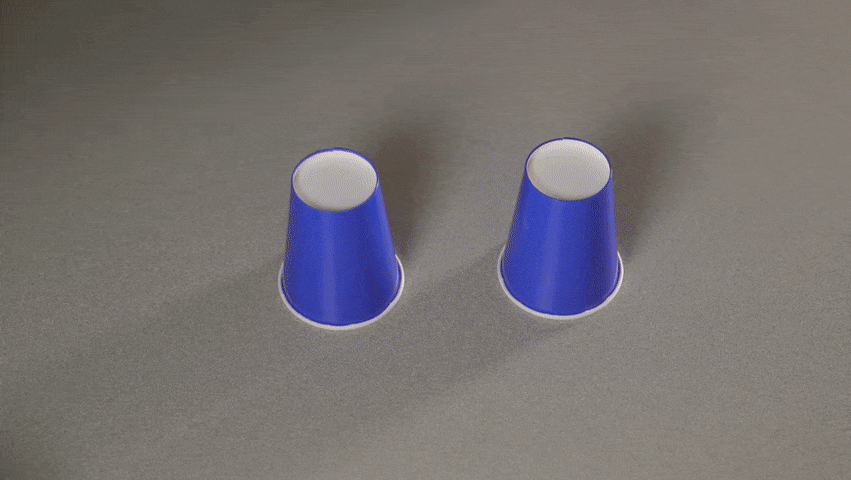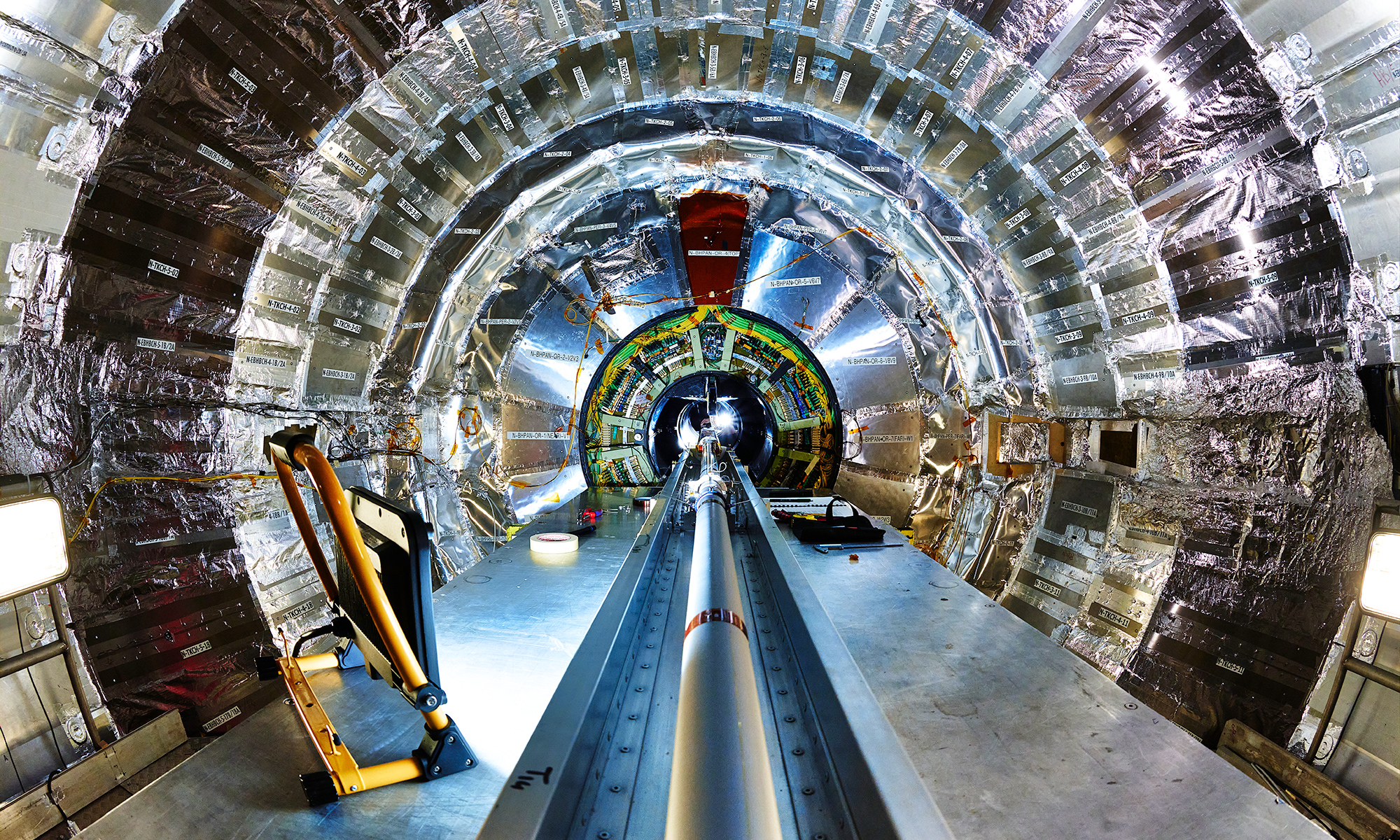Just as in the macrocosm of space, in the microscopic quantum world, particles exhibit unique properties that do not align with the classical laws of physics as we know them.
The emerging field of quantum technologies allows scientists to work like magicians, using scientific “tricks” of quantum physics—physics at an extremely small scale—to gain advantages over technology created using classical physics principles. Quantum technologies include quantum computing, quantum sensing, and quantum simulation. For those fields, quantum physics can provide benefits such as speeding up database searches, factoring incredibly large numbers, or rapidly simulating complex molecules.
Now, in a paper published in Physical Review Letters, Andrew Jordan, professor of physics, and his colleagues at Washington University, St. Louis, have demonstrated that quantum physics can also be used to measure frequency more precisely and quickly. This could have applications in areas such as more precise clocks and GPS systems, sharper and quicker MRI medical imaging devices, and more exact analysis of light emitting from stars.

“Our technique uses a quantum system to permit enhanced resolution of the frequency beyond any other technique of its kind,” Jordan says.
Frequency is a direct measurement of repeating events over time; the certainty of a frequency increases proportionately as time increases. For instance, an accurate analog clock ticks with a frequency of one tick per second. The longer you let the clock tick, the better you will be able to determine if the clock is accurate. Similarly, if you play a low note on the piano very fast, it is difficult to assign it a precise frequency. The longer one hears a note, the more precisely one can determine its frequency.
But what if you could determine an extremely accurate frequency in a shorter amount of time?
This is what Jordan and his colleagues did by applying quantum “tricks” to establish more precise frequencies for things such as clocks, sound waves, and electromagnetic radiation in a proportionally much lower time frame than classic physics technologies allow.
To perform this quantum magic, the researchers measured the frequency of a signal—such as a pendulum on a grandfather clock—using a quantum bit, the smallest unit of quantum information, analogous to a binary digit bit in a standard computer. In quantum physics, particles do not have definite states as they do in classical physics. Instead, they have probabilities of being one thing or another. Using these strange rules of quantum mechanics, researchers were able to put a quantum bit in a superposition of two different energy states at the same time, then shift around these states in time with the measured system (such as the swinging pendulum) in order to measure the frequency.
“It’s reminiscent of the magic tricks that involve a ball placed under one of two cups and the cups are shuffled around—except this time, the ball can be under both cups at the same time,” says Kater Murch, an assistant professor of physics at the Washington University, St. Louis. “The resulting speed up in frequency measurement is astonishing.”
Murch and Jordan believe that accelerating these measurements using quantum mechanics could have profound impacts in many areas of astrophysics, medicine, and navigation.
For instance, in GPS systems in a phone, the phone receives signal frequencies from several different satellites. By timing the arrival of these signals, your phone is able to infer your position; the accuracy of the timing directly relates to the accuracy of your position.
“Your position is limited by the clock, so more precise clocks and, correspondingly, more precise frequency measurements, are important in areas such as navigation,” Murch says.
This research was supported by grants from the National Science Foundation and the Army Research Office.




